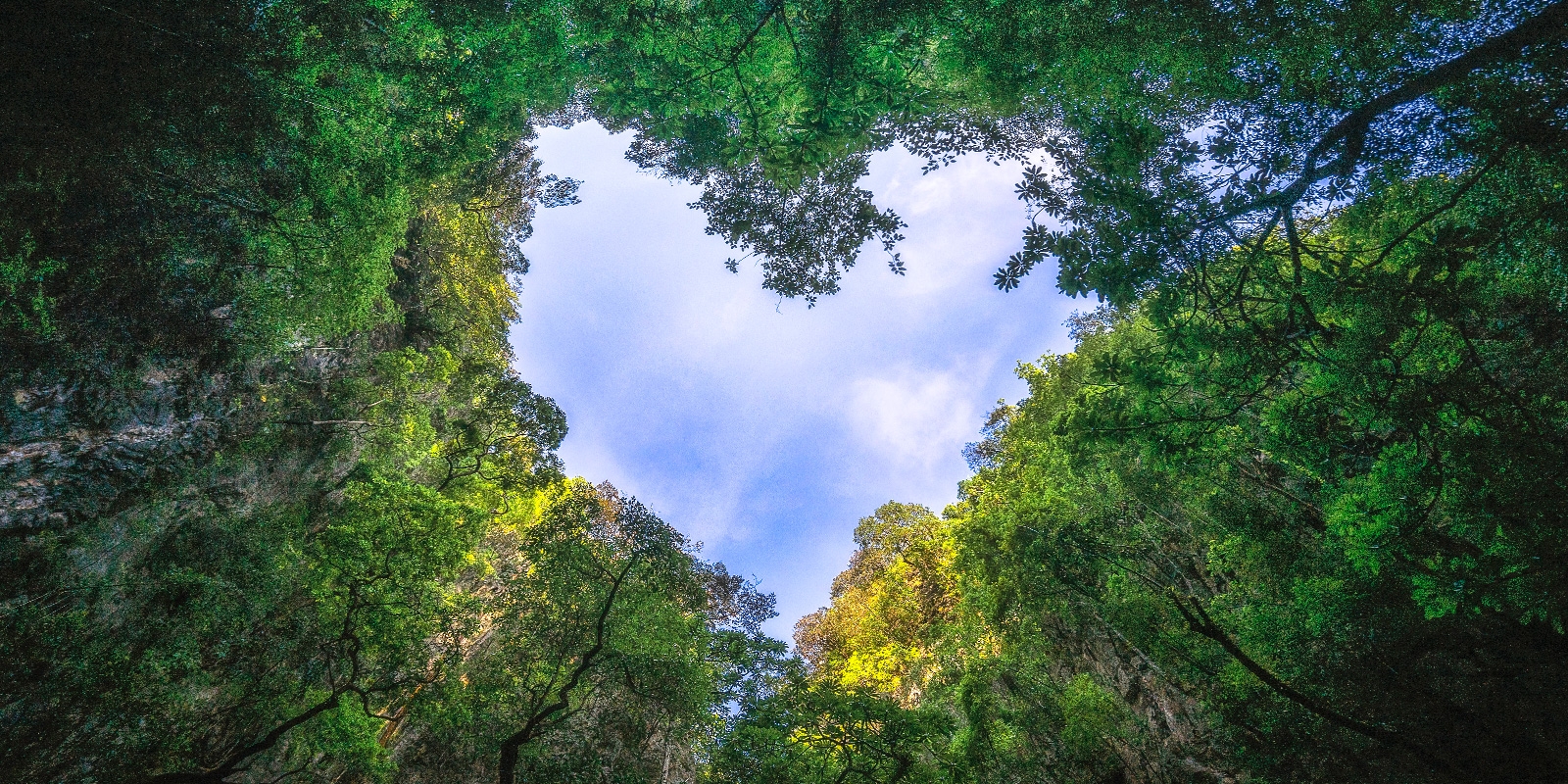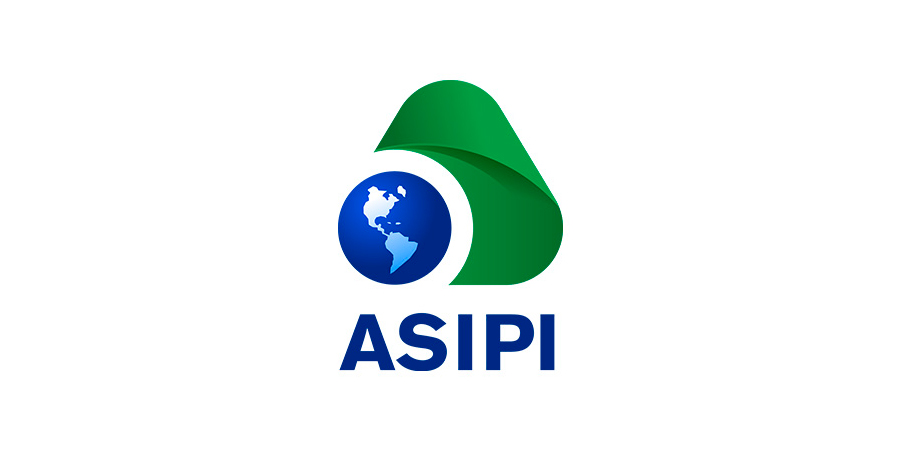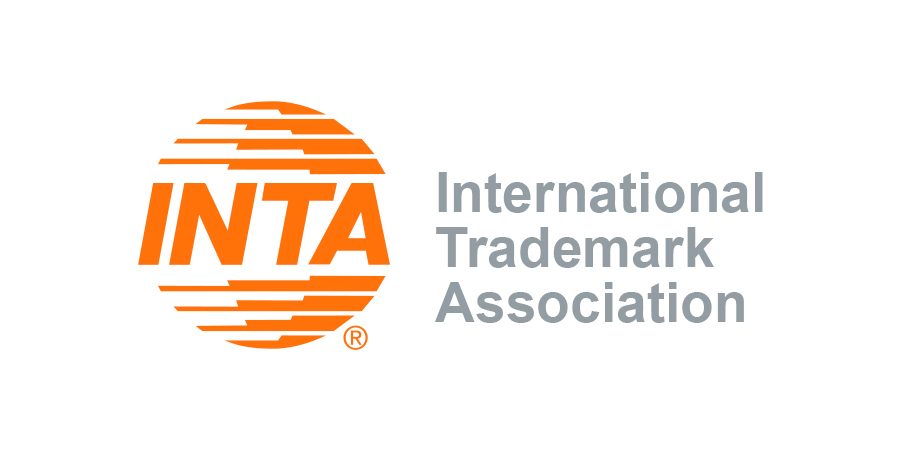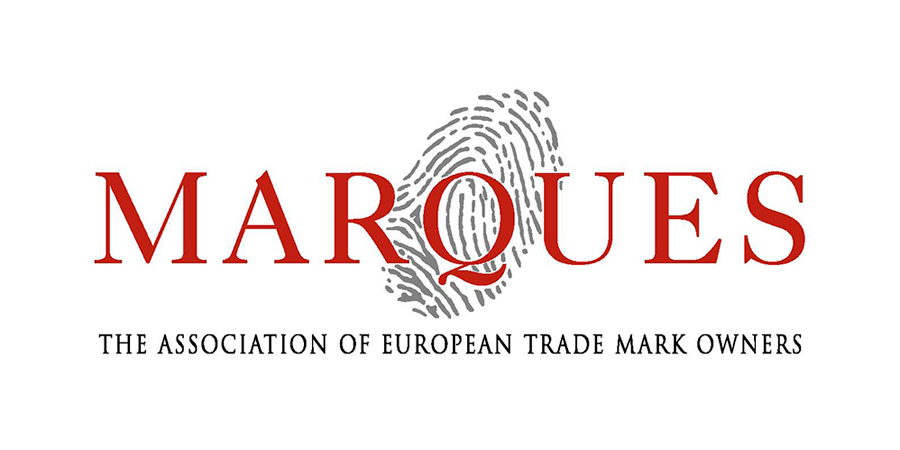Society’s lifestyle and values have been evolving towards sustainable behaviour patterns that care for the planet.
The demand for raw materials and the levels of CO2 emissions have grown exorbitantly in the last decades, breaking historical records. Therefore, the circular economy and the rule of the three Rs (reduce, reuse, and recycle) have sprouted as an alternative to the linear economy.
Caring for the environment is of paramount importance. In this sense, the consumer, when considering a purchase, does not only look at the specific needs to be satisfied, but also takes into account such factors as the sustainability of the product, the philosophy applied in the manufacturing process, among others.
As could not be otherwise, this predilection for achieving a balance between pleasing the buyer and caring for the ecosystem has emerged in the brand’s world as the pinnacle to be crowned.
Brands, far from serving only to identify and distinguish a company’s products/services from those of its competitors, comprise the ideal vehicle for conveying a message. In this case, of social awareness.
Thus, what can a professional or company communicate with its brand?
Through this distinctive sign it is possible to inform about the nature, properties, quality or performance of the product or service. Besides, intangible values such as respect and care for our environment can be disseminated.
Precisely, following this trend and relying on this new horizon, companies’ investment in CSR (Corporate Social Responsibility) has increased significantly in recent years since sustainable development has become a transcendental factor.
If we stop for a second, a multitude of examples spring to mind illustrating this transition towards synergy between consumption and responsibility.
To begin with, in the textile industry, projects that limit the use of resources and reduce environmental impact, known as ethical fashion or slow fashion, are gaining more and more strength. In this sense, we find garments and footwear made from natural or recycled fibres, recycled plastic bottles extracted from the depths of the sea…
In the furniture sector, we find examples made from sustainable forest management. Thus, an increasing number of products are made from recycled wood or from responsibly managed forests.
In the case of food, the incorporation of organic products in the catalogues of companies has been consolidated. For some years now, there has been a trend to go further, and many brands are striving to be more environmentally friendly. For example, replacing plastic packaging with cardboard packaging or using containers made from biodegradable components.
To conclude, certain day-to-day products have always taken many years to completely degrade (plastic bags, diapers, wipes, coffee capsules, cleaning products, air fresheners, toothbrushes, cotton swabs, plastic tableware…). And nowadays, we are inundated with ecological alternatives.
Hence, how do professionals and companies get this philosophy across to the consumer?
Brands play a crucial role acting as a carrier pigeon. It is common to use terms such as slow, eco, bio, green, natural, organic, fresh… which give clues to the attributes of products or services. On other occasions, we opt for a brand that does not incorporate these elements accompanied by a slogan or image which transmits to the buyer the fact that it is a sustainable alternative.
In short, we must be able to guarantee the stability of the planet and take care of the environment around us. There is no doubt that brands offering eco-friendly solutions are here to stay and, as time goes by, businesspeople and consumers will give them the place they deserve.
Be part of the solution, now more than ever.
Angela Mira
Spanish and European Union Trademark Department






